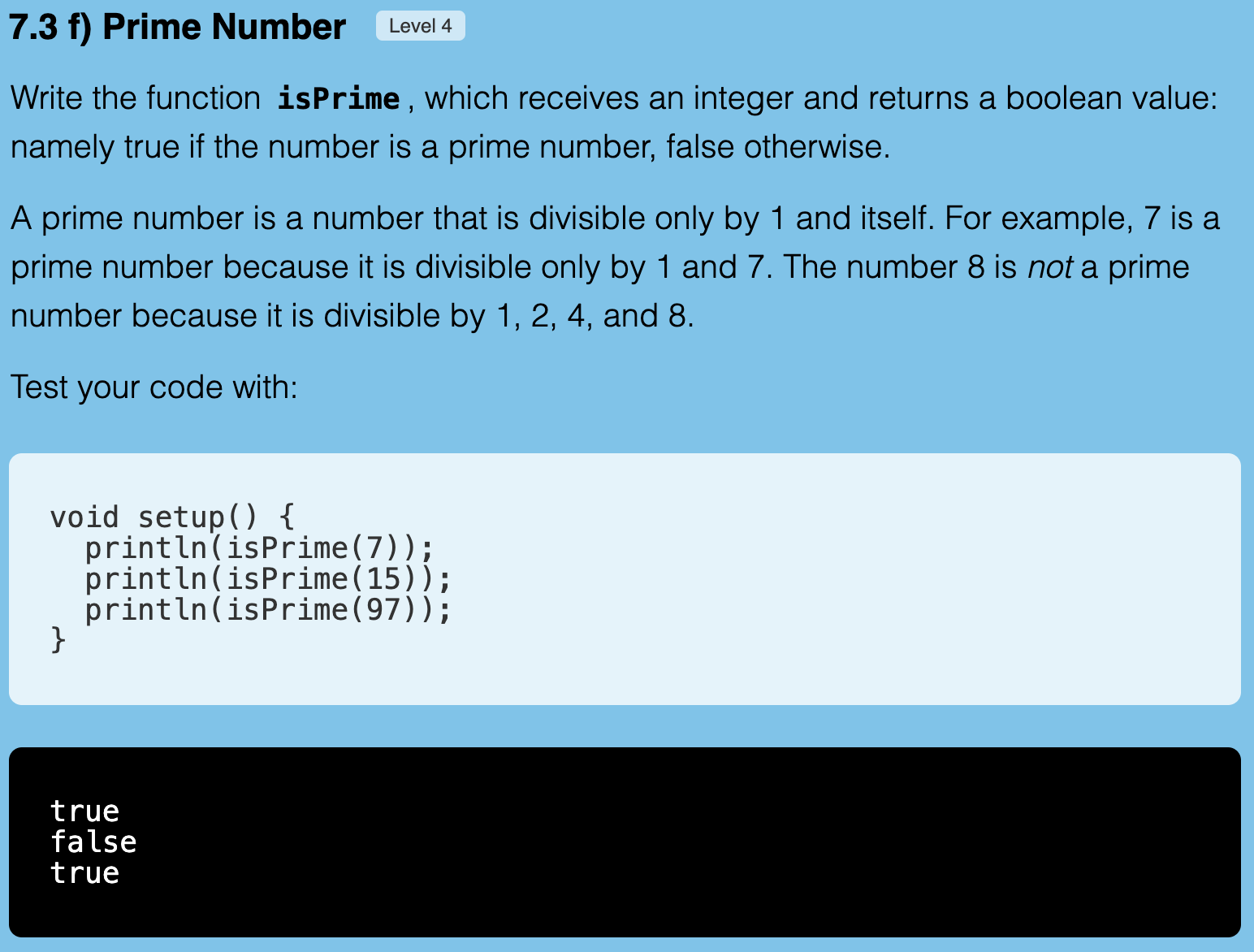💭 What is it?
Learners believe that a return statement must always appear outside of loops, typically at the end of the function. They assume that placing a return inside a loop is either not allowed or poor style, and that the loop must complete before a result can be returned.
As a result, instead of returning immediately when a condition is met, they introduce temporary variables and use control statements like break to exit the loop, only returning the result after the loop has fully run.
For example:
float firstNegative(float[] a) {
float first = 0;
for (int i = 0; i < a.length; i++) {
if (a[i] < 0) {
first = a[i];
break; // used instead of directly returning
}
}
return first;
}
In this code, the learner avoids using return inside the loop, even though it would be more efficient and direct.
🛠️ Why is it incorrect?
A return statement can be used both inside or outside a loop. In fact, returning early from within a loop when a certain condition is met is often the most efficient and readable way to implement a function.
However, it is important that all possible execution paths of the function result in a return. If the compiler cannot guarantee this (for example if a return only appears inside a loop or conditional block without a fallback) it will throw an error. This does not mean that return statements are not allowed inside loops. Instead, it highlights the need for a fallback return to handle cases where the loop or condition is never executed, ensuring that the function always returns a value.
Inefficient code:
float firstNegative(float[] array) {
float a = 0; // variable to store the first negative value
for (int i = 0; i < array.length; i++) {
// check if value is negative and no other has been found
if (array[i] < 0 && a == 0) {
a = array[i];
}
}
return a; // return the stored value after the loop completed
}
Improved code:
float firstNegative(float[] array) {
for (int i = 0; i < array.length; i++) {
if (array[i] < 0) {
return array[i]; // return immediately when a negative value is found
}
}
return 0; // fallback return if no negative value was found
}
🧩 Typical errors
- Using a break instead of a direct return.
float firstNegative(float[] a) {
float first = 0;
for (int i = 0; i < a.length; i++) {
if (a[i] < 0) {
first = a[i];
break; // used instead of directly returning
}
}
return first;
}
- Creating temporary variables to store the result and returning them after the loop.
float firstNegative(float[] array) {
float a = 0; // variable to store the first negative value
for (int i = 0; i < array.length; i++) {
// check if value is negative and no other has been found
if (array[i] < 0 && a == 0) {
a = array[i];
}
}
return a; // return the stored value after the loop completed
}
🌱 Origin
Many educational examples place the return statement outside of loops, such as when calculating sums, leading students to overgeneralize this pattern.
Compilers produce errors when a return is exclusively inside a loop without a fallback outside, which students may misinterpret as indicating that return is not allowed within loops, rather than understanding that all code paths must return a value.
🧩 Related Exercises
🧑🏫 Teaching Opportunities
Helpful Exercises:
Write a function that returns the first even number in an array. If no even number is found, the function should return -1.
Create two versions of a function that checks if a value exists in an array.
Version 1: The function should terminate early using return as soon as the value is found.
Version 2: The function should use a variable and return the result only at the end of the function. Which version is more efficient and why? Which version do you prefer, and why?
Peer Instruction Quizzes:
🧩 Peer Instruction Quiz
Why does this code produce an error?
🧩 Peer Instruction Quiz
How can this code be made more efficient?

